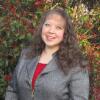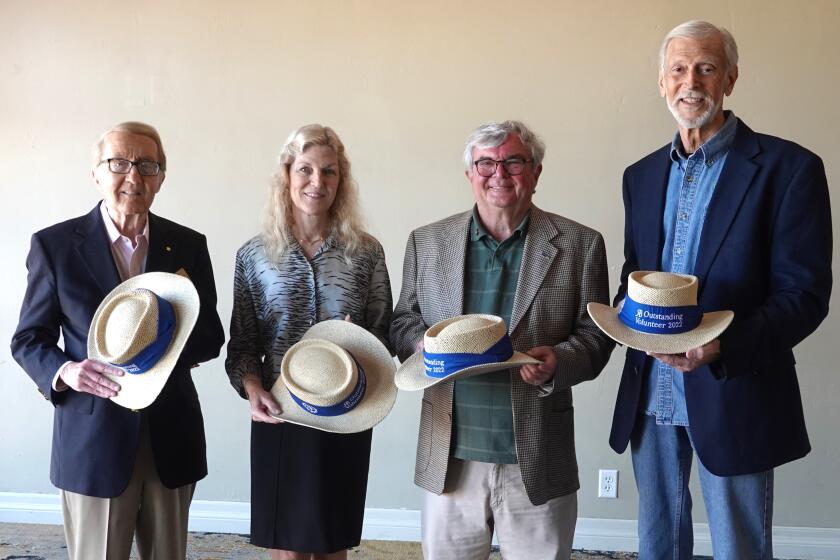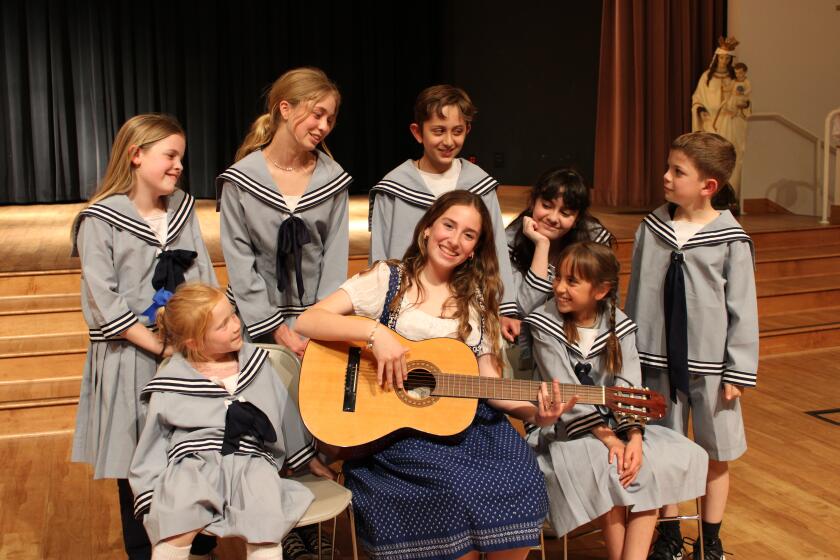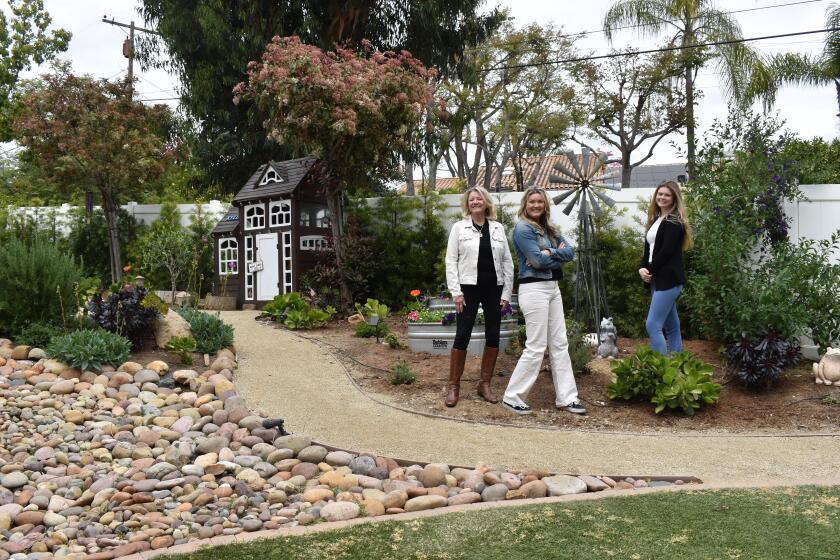Speaker highlights the way RB was thousands of years ago
By Elizabeth Marie Himchak
Combining information learned through anthropology and archeology, local historian Suzanne Emery has given Rancho Bernardans a glimpse at life in the area thousands of years ago.
Emery’s Jan. 20 talk was the first in a free monthly series Rancho Bernardo Historical Society is offering this year. Her talk focused on the first of six stages the area has experienced over the past 4,000 years, as detailed in a Rancho Bernardo timeline on display at the organization’s museum.
“Just because it looks different doesn’t mean it was any less successful,” Emery said about the lives of the Kumeyaay, the Native Americans who lived in this region.
Emery, who said she is learning a version of the Kumeyaay-Ipai language, is a docent at the Kumeyaay-Ipai Interpretive Center in Poway, or as Emery referred to it with the more accurate spelling, Pauwai.
She spoke of the “pre-contact” period, which was prior to 1769 when Spaniards founded Mission de Alcalá, built by the Kumeyaay Indians.
According to Emery, there are 18,000 Indian sites identified by historians in San Diego County, with five known villages in Poway. Only one of Poway’s is protected.
Their historical and cultural significance varies, with some being what she called “minor” since they were a place were milling and grinding food happened, and others are “major,” because they were an Indian burial area. At each could be yet-to-be unearthed artifacts that when studied help to tell the story of a thriving civilization for 10,000 years before Europeans came and through the transmittal of diseases decimated the population.
“There were 20,000 native indigenous in 1491, but by the time the Spanish were done in 1899 they were down to 3,000 people,” Emery said. “Disease killed them.”
She showed books and artifacts — some original, others replicas — the center has that tells the story of the area’s early residents whose agricultural methods varied significantly from those of the last couple hundred years.
Rather than planting in plots, the Kumeyaay grew food in places best suited to individual varieties. Sometimes, this was in river bottoms and other times in open spaces. They also learned how to fully utilize the native plants for food, fabric and medicine. Examples included oak (for acorns), agave, yucca and cactus.
“They ate more seafood than we do now,” Emery said, listing mussels, whale, sea turtle and dolphin among the favored varieties. Animals hunted included deer, antelope, bear, duck, coyote, fox and “anything with four legs.”
Their life spans were typically 35 to 40 years because of factors including diet and poor dental hygiene, she said.
She also said the villages traded with one another despite differing languages, so all needs could be met.
Though newcomers viewed the indigenous throughout North, Central and South American as primitive and uncivilized, Emery said they had functioning governments that included electing a village chief. In this area, she said they usually resolved conflicts in a peaceful manner.
The next speaker will be Poway resident Bob Williams, who grew up in the area before Rancho Bernardo’s founding in the early 1960s. His talk “Rancho Bernardo: When there were more cows than people,” will be at 9:30 a.m. Wednesday, Feb. 22 at Café Merlot in Bernardo Winery, 13330 Paseo del Verano Norte, Rancho Bernardo.





